The 2 charachteristics of duelling pistols are that they are made by pair, and they don't have ramrod.
This is absolutely the case with this pistol. On the barrel and on the metallic part on the top of the stock, we find a number "1", which means that it belongs to a pair. There is no place for any ramrod on the stock.
BARREL :This iis a "Damascus" barrel called also "rubanné" (i.e; "made of ribbons of steel"). It has 8 sides, and is massive and in a good state. The front sight can be regulated.
On one side, we find the official control punchmark of the city of Liège (Belgium) and under the barrel on the part which is inside the stock, we find a punchmark made of 2 letters which seem to be a F or J and a C.This mark is noted on part 1 of the great Stockel dictionnary, p.260, number 2476. Clearly this mark was used by a gunmaker from Liège beetween 1820 and 1850, but precise identification is difficult.
The author of Stockel supposes here a F and a C, but is not very sure.This mark has been found several times and maybe has been used by several workshops (?)
If we suppos that the letters are "J" and "C", this could match maybe with gunmaker Joseph Chaumont, but it is impossible to be categoric.
Caliber is 14mm, lenght of barrel is 25 cm
MECHANISM All mechanism, hammer, and so on, finely chiseled
The trigger guard has a part to put another finger.
Trigger can be regulated. The pistols works without any problem. The hammer blocks clearly in the 2 positions.
STOCKOf th eso-called "Renaissance shape" No part broken, no part repaired. Small marks of use, very classical and very aceptable.
As a conclusion, this is a a good quality duelling pistol from the first part of 19th century, made in the city of Liège, in a good state.


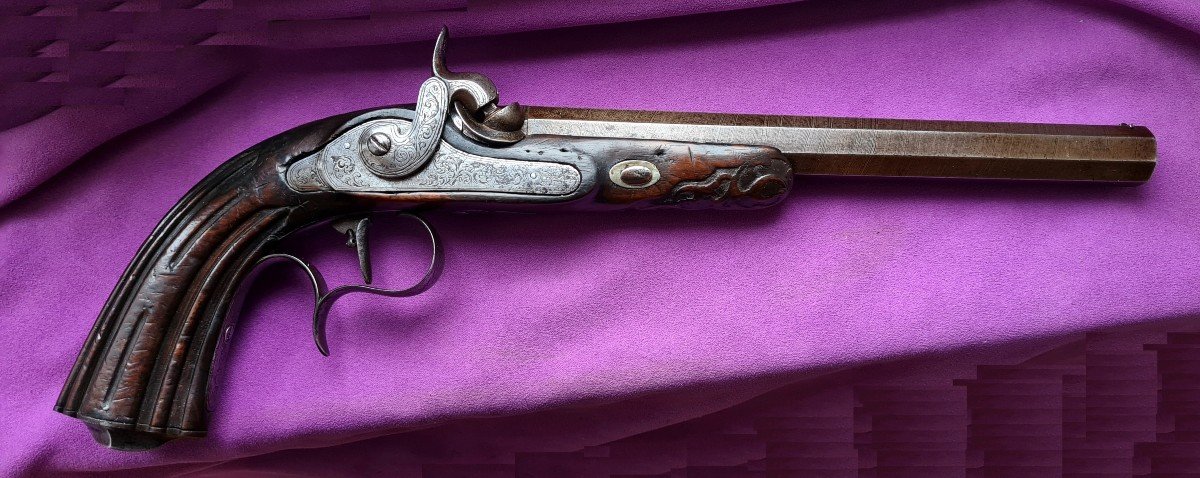

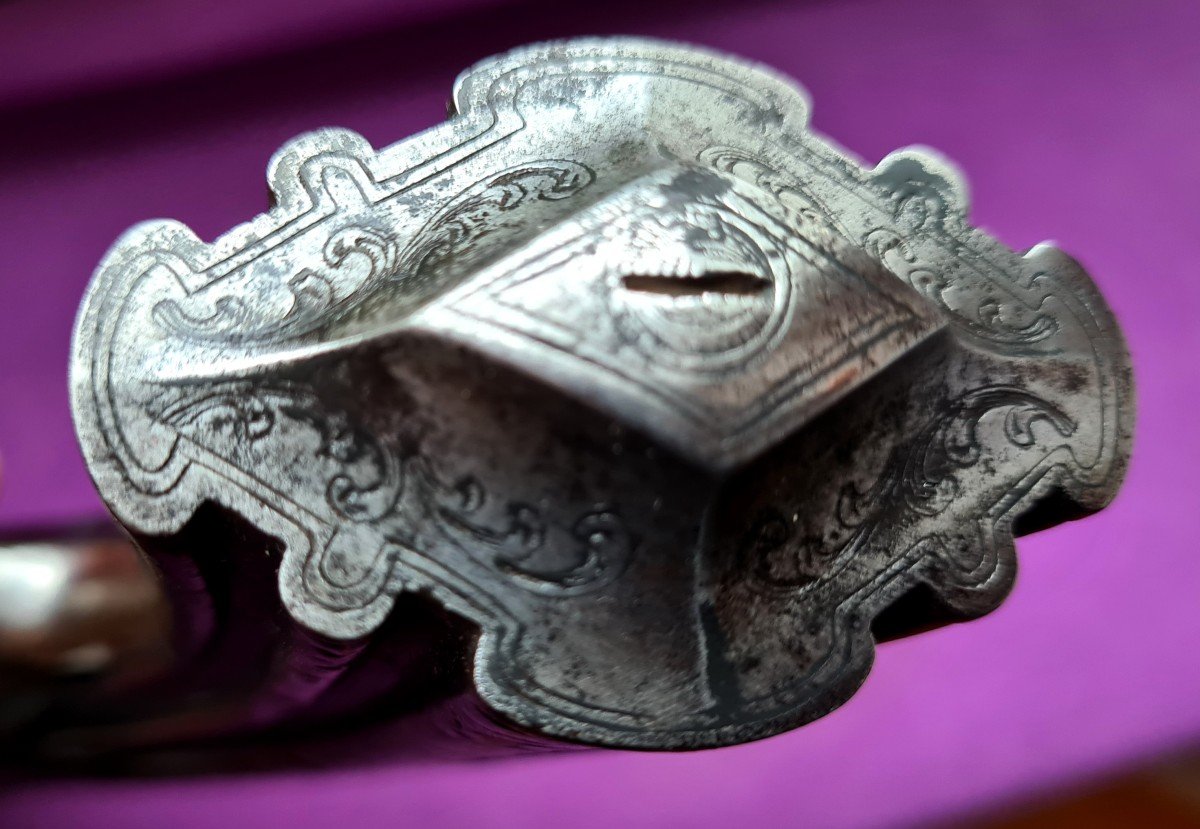
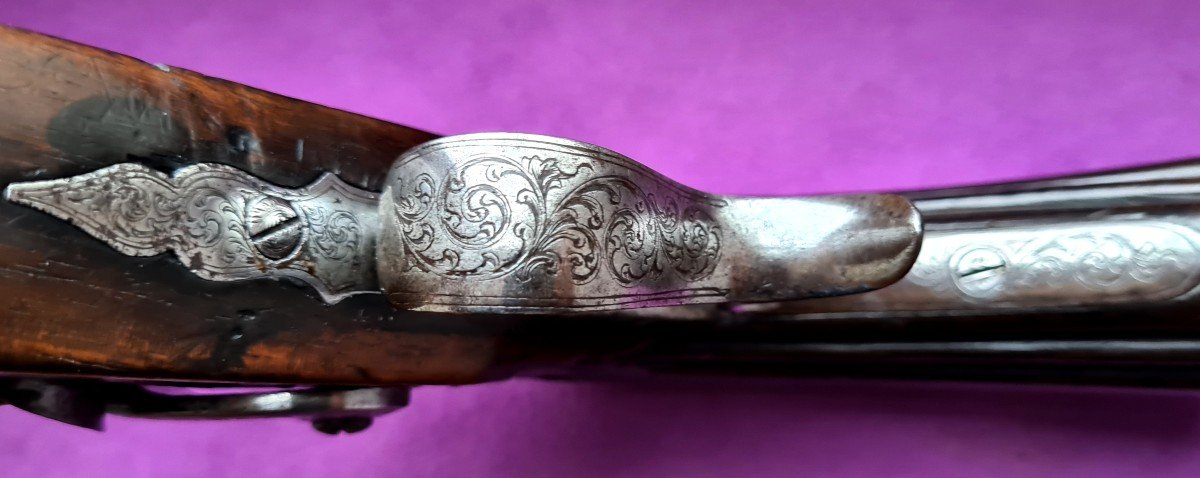
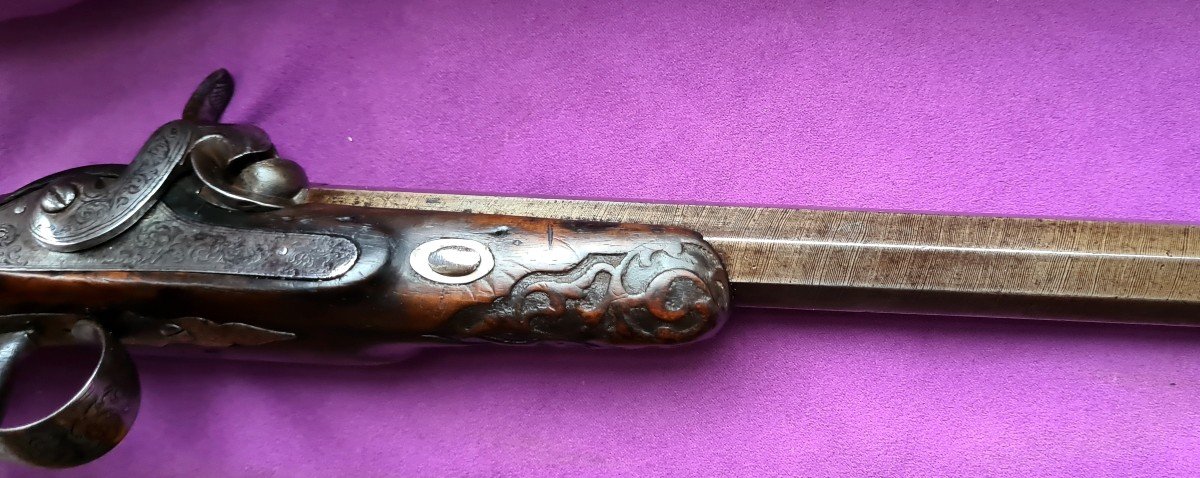
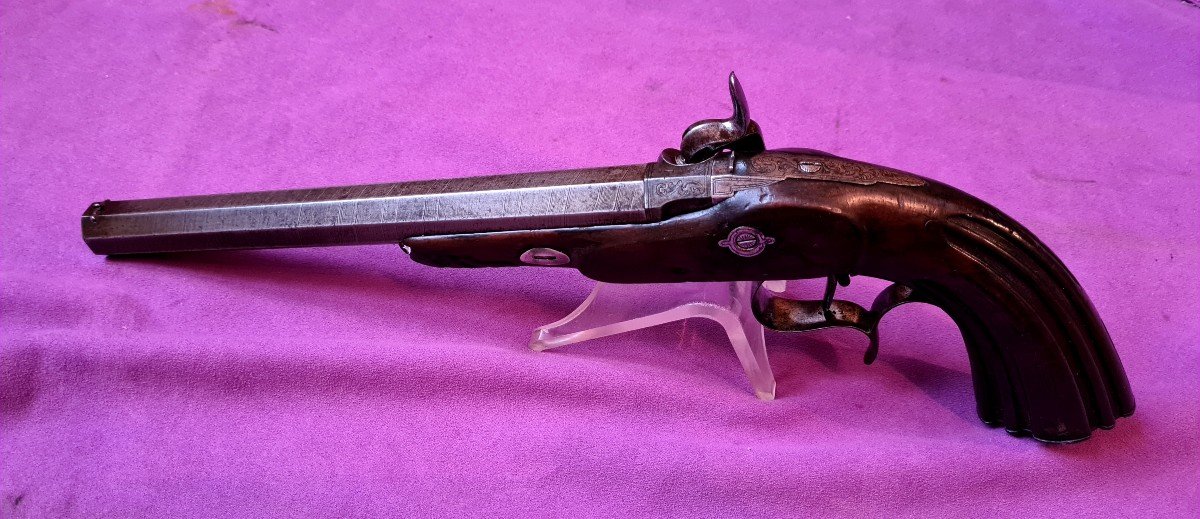
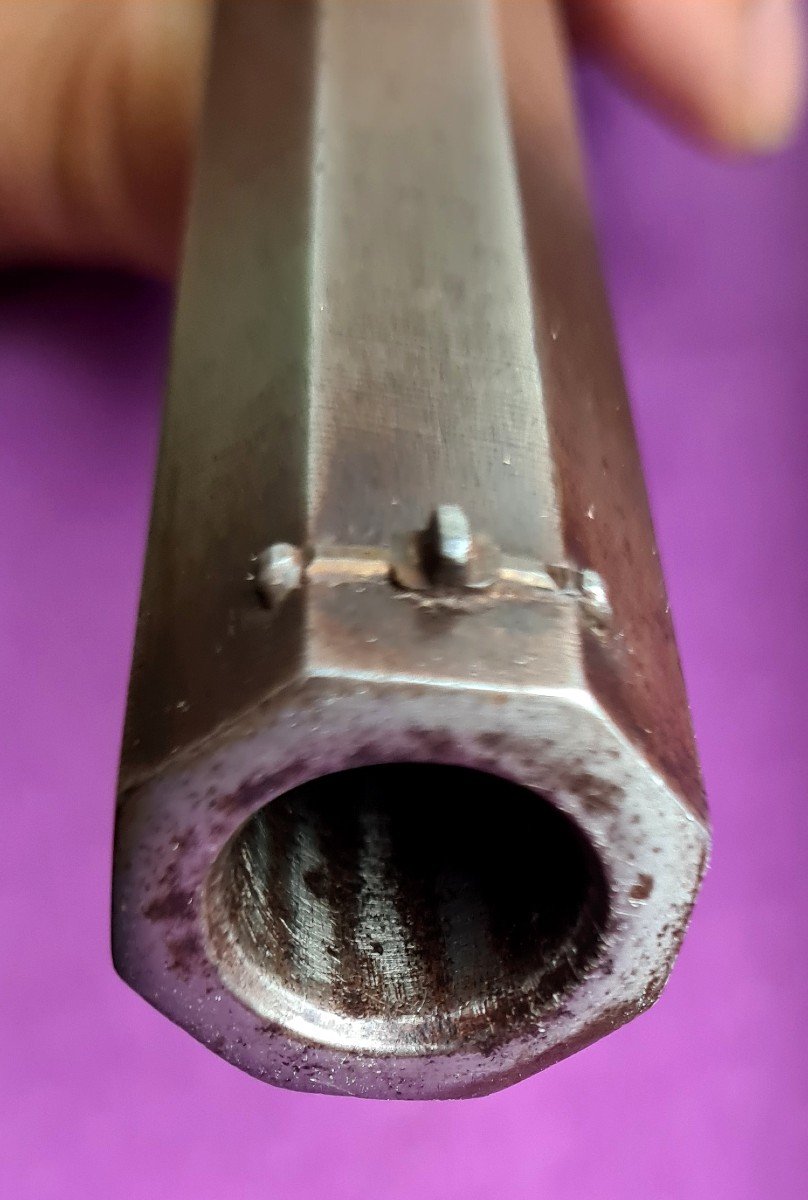
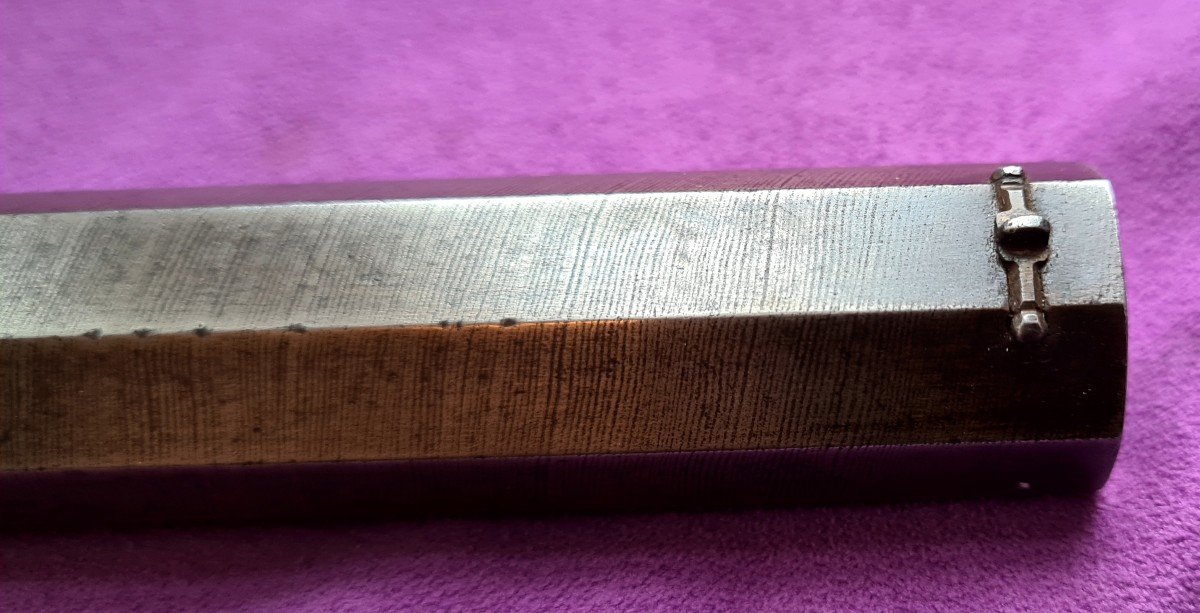
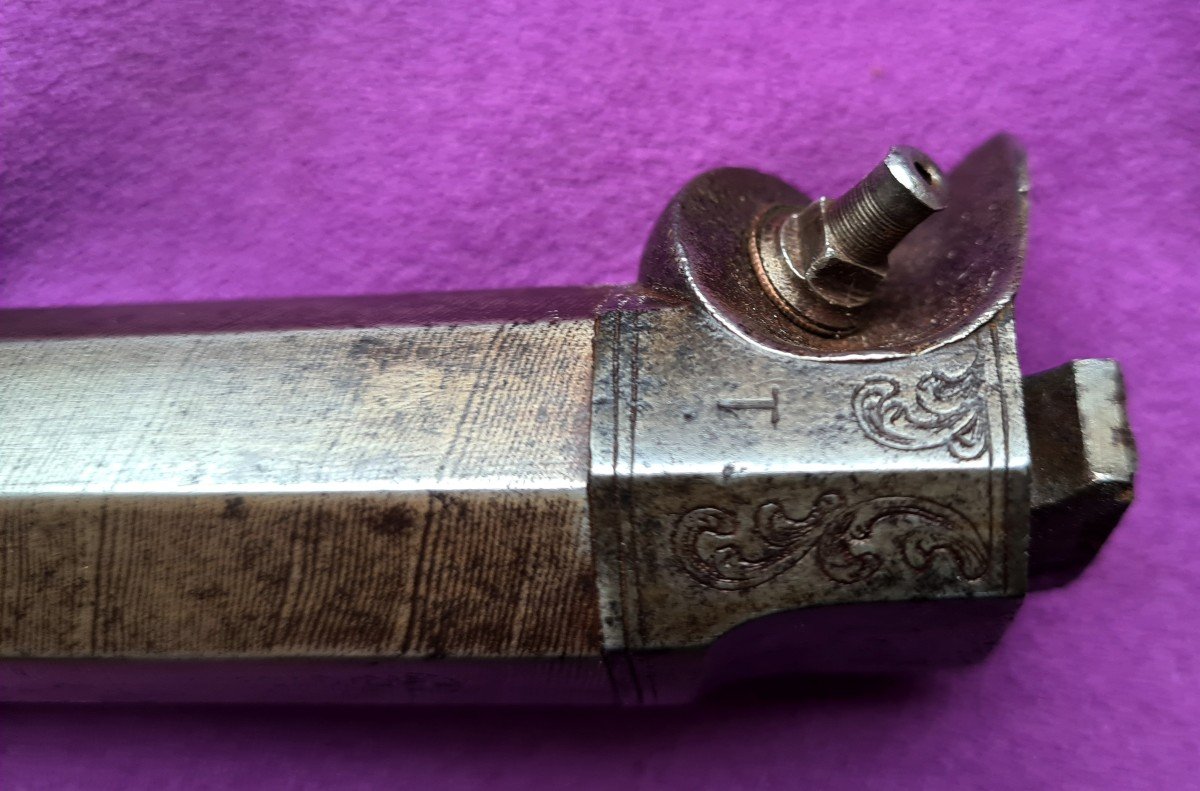
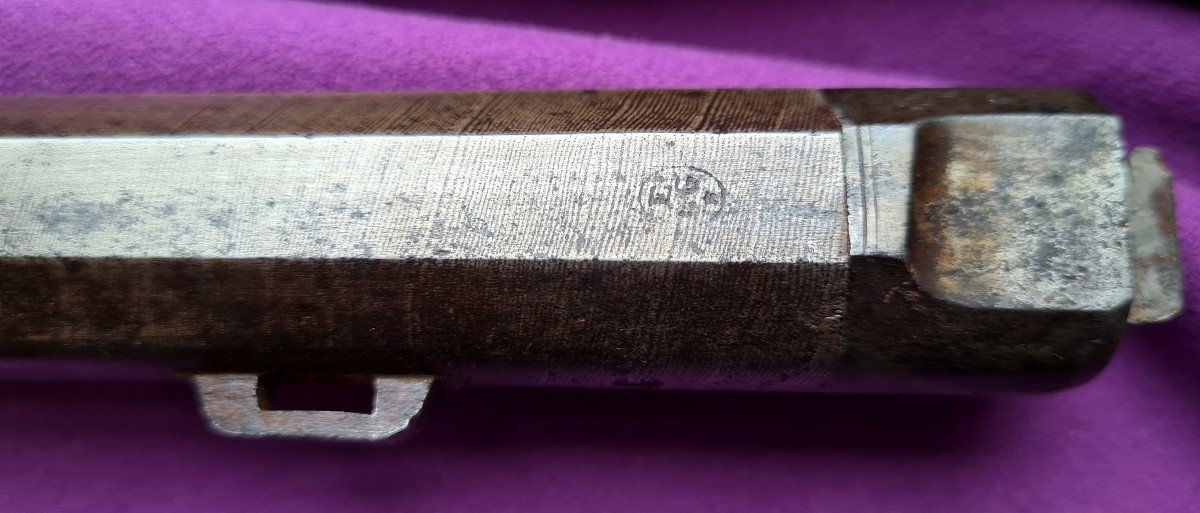
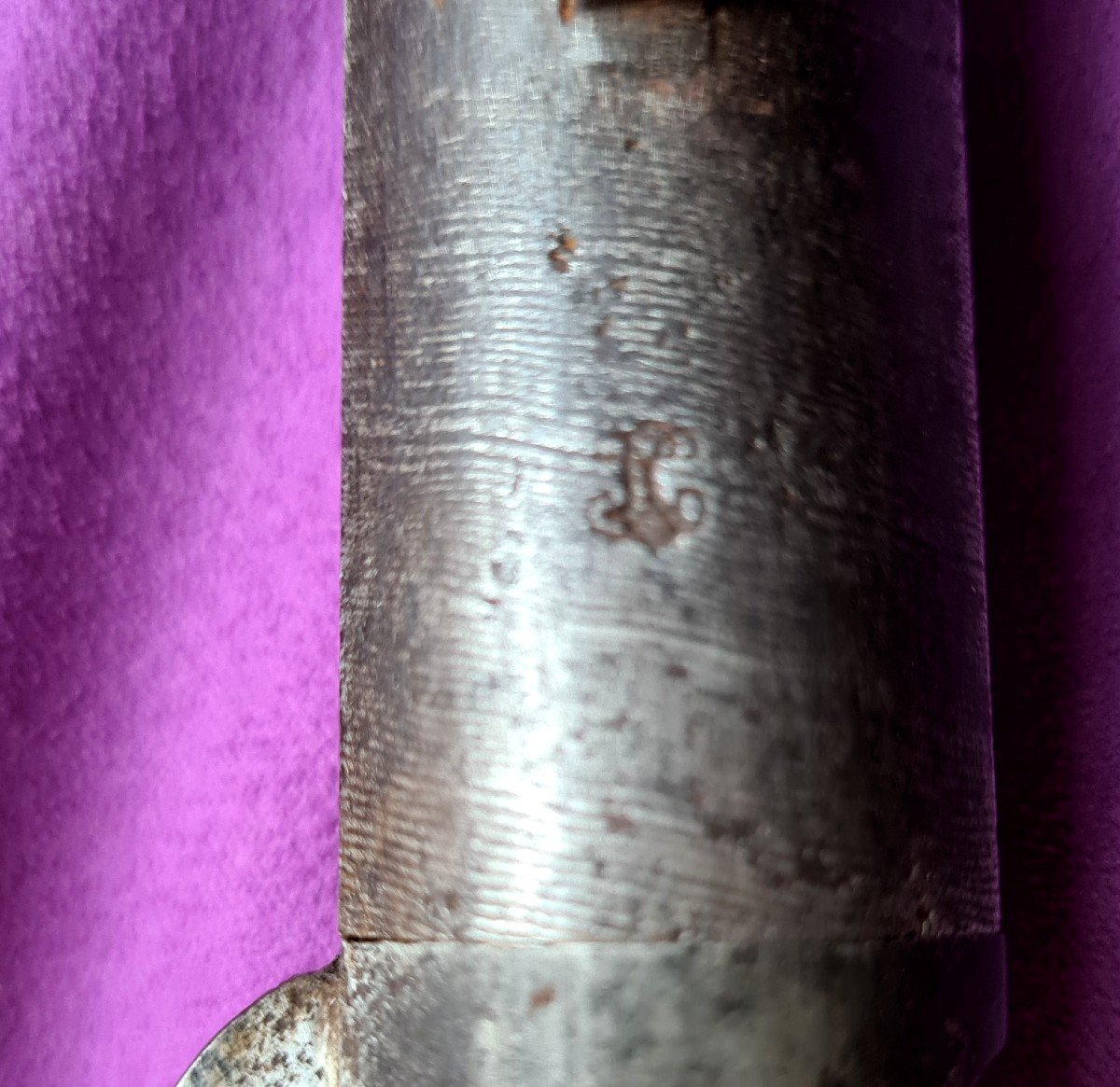
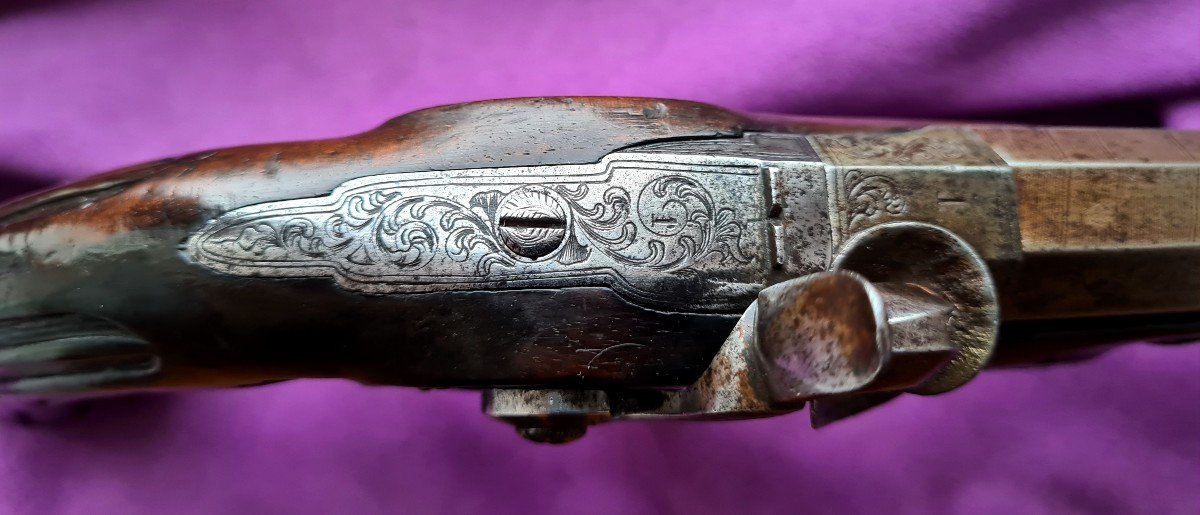













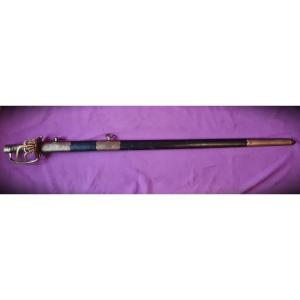
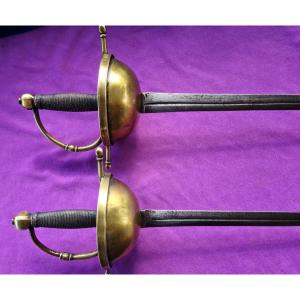

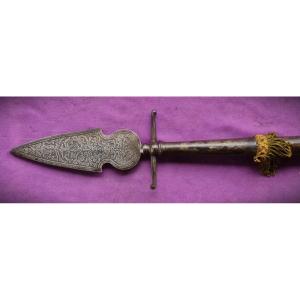

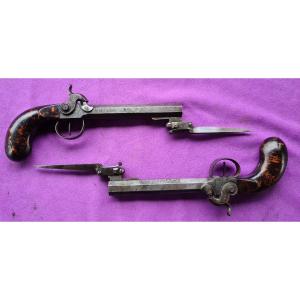
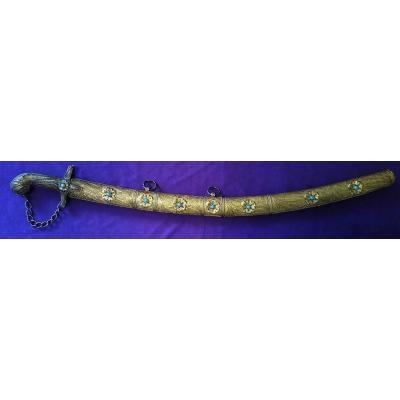
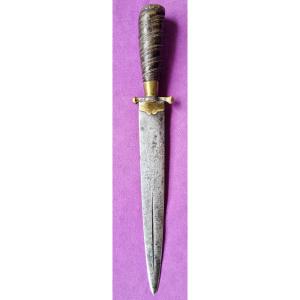
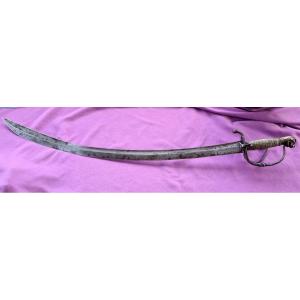
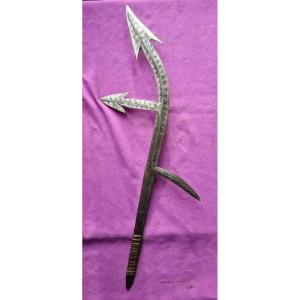
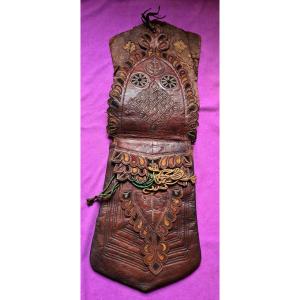

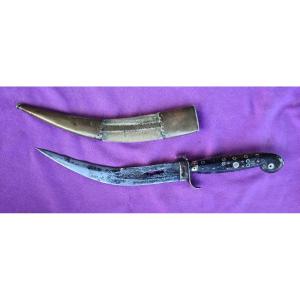


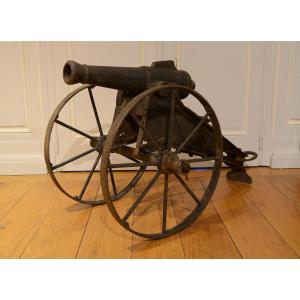


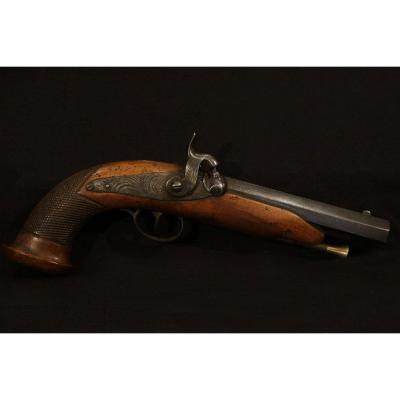




 Le Magazine de PROANTIC
Le Magazine de PROANTIC TRÉSORS Magazine
TRÉSORS Magazine Rivista Artiquariato
Rivista Artiquariato